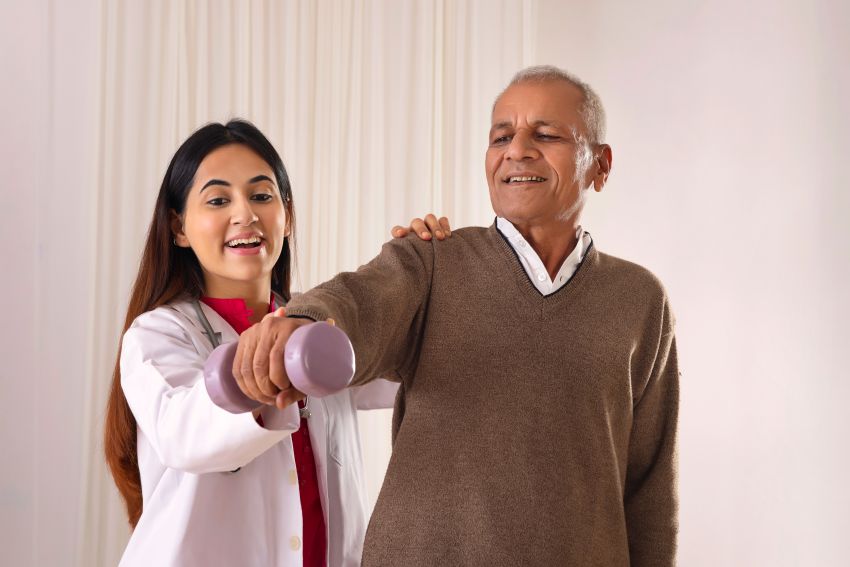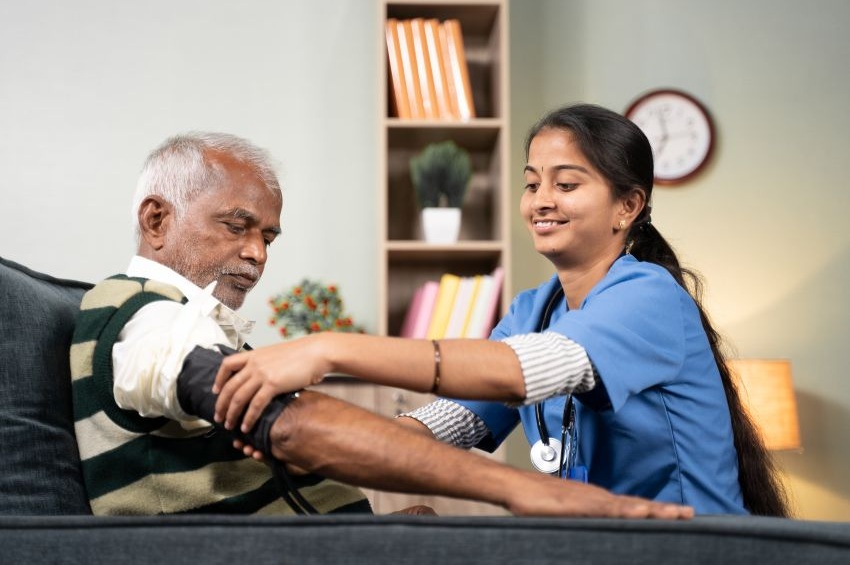Elderly Falls: What are the causes and how to prevent falls at home?
30-09-24
Falls in the elderly can be devastating, and seniors understandably fear them. Here's all you need to know about falls and the elderly, including what causes them, why fall prevention is so important, and the steps you and your loved ones can take to avoid them!
What Are the Most Common Causes of Elderly Falls?
Old age does not cause most falls; rather, years and decades of inactivity take a toll on a person's overall health and physical fitness. These are the most common causes of falls in the elderly. However, this is simply one cause.
The following are the most prevalent causes of falls in the elderly, as well as the risk factors that contribute to a fall:
●Physical risk factors: disabilities, chronic diseases, and medications.
●Environmental risk: hazards in and around the home that pose an
●Behavioral risk factors: actions that seniors take that raise their risk.
Pre-existing physical risk factors do not always have to cause the fall, but they can make it worse. A physically fit elderly person can also slip and fall or take part in unsafe behavior. While you will find very specific tips and measures to be taken to prevent falls as you read on this blog, if you also want to listen to an expert on the subject. Watch Dr Prem NN, leading geraitrician talking about falls preventaion and what needs to be done in case falls occur.
For managing your seniors at home, call up on 9967913884 for free consultation or any services like nursing care at home, caretaker ( ayaah, wardboy) services at home, physiotherapist at home or any other medical equipement services at home. At Healthy Wrinkles, our experts can help you with these seervices and more in the space of senior care.
Changes to be done to prevent falls
Find a suitable exercise program:
This is the most significant change for fall prevention in hospitals, and other areas, as it will assist you in gaining and maintaining muscle strength, balance, and coordination.
Consult a physical therapist:
If you are unsure if you should begin any of these workout routines, speak with a physical therapist. They may also advise you to use a cane or walker.
Recheck your medicines and minimize your alcohol consumption:
Take all prescribed medications for your medical conditions. However, consult your doctor to see if there are any alternatives to drugs that have too many or too strong adverse effects.
Examine your vision and hearing once a year, and always wear your recommended glasses:
Check with your doctor to know if you have any inner ear issues that are causing you to feel dizzy, and wear your hearing aid if you use one.
Install grab bars:
Install them in the shower/tub and near the toilet, and think about using a shower chair.
Make sure your house is well lit:
Increase the lighting in your home, particularly on the route to the bathroom and at the top and bottom of the stairs.
Make your steps safer:
Install railings on at least one side, preferably both sides, of your interior and outdoor staircases for fall prevention in elderly. Check to see if the stairs are slippery and think of a solution if they are.
Keep floors clutter-free:
Get rid of unneeded items; remove throw rugs; don't put electrical cables in your walkway or at least secure them with tape; don't wax your floors, and use non-slip shoes instead of slippers to avoid some of the key extrinsic risk factors for falls in the elderly.
Install fall mats:
Place fall mats next to your bed, in the bathroom, or wherever else you believe you might fall to cushion your fall.
Get help when you need it:
If you have problems with balance and coordination, don't put yourself in danger. Instead of mounting ladders and stools on your own, ask someone to assist you.
This advice will assist you whether you are a senior adult reading this and want to prevent yourself from falling or a caregiver trying to aid your loved ones. Fall prevention for elderly must be a collaborative effort if a caregiver is engaged. Following these simple procedures will help seniors stay happy and independent for as long as possible by greatly reducing the risk and effects of falls.





























